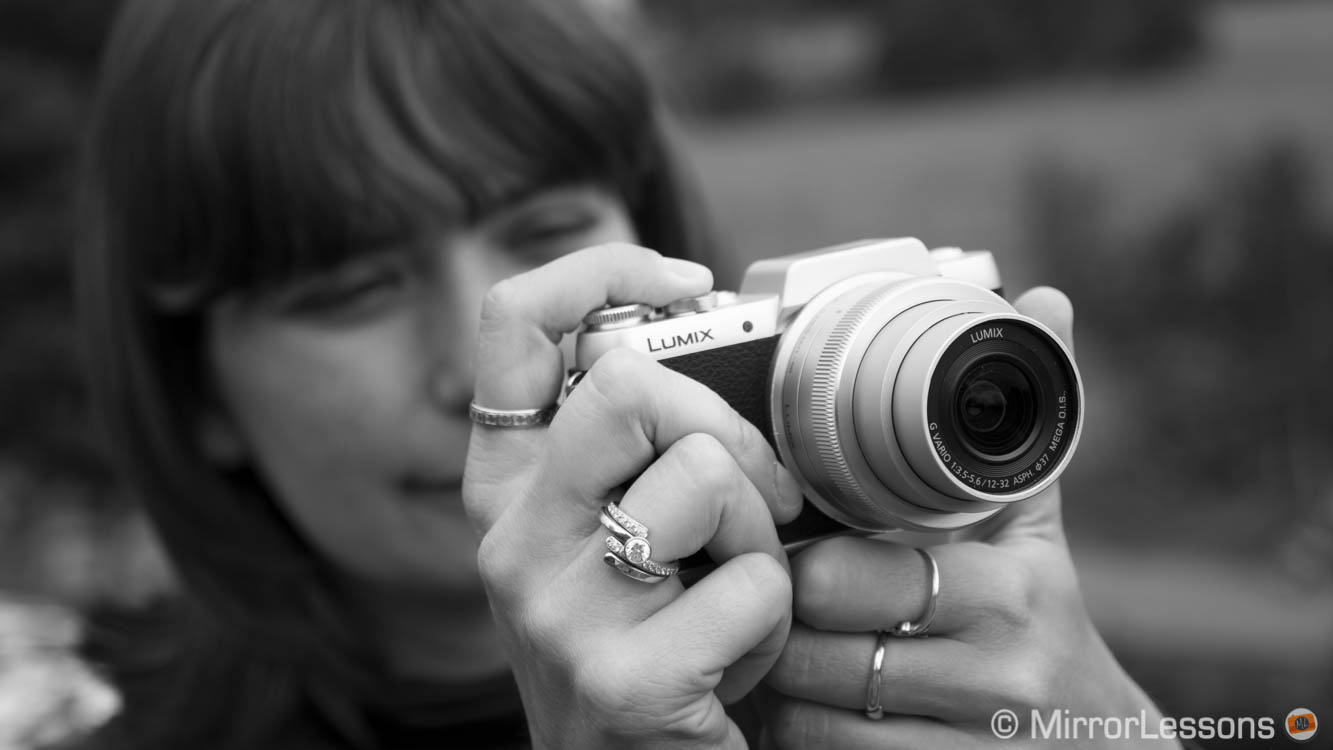When beginners or amateurs are faced with buying their first mirrorless camera, the most they are willing to spend is usually around $500 (US). Although we’d written a list back in 2013 detailing the best mirrorless cameras under $500, we felt it was high time to update it with both the latest models and cameras that have come down in price since their release.
Instead of listing every single model under $500, I decided to make a list featuring the cameras that we feel are the best bang for the buck at this moment in time. Under certain cameras, I also added one or more extra paragraphs detailing the relevant alternatives.
Ethics statement: This article is based on our experience with mirrorless cameras. We were not asked to write anything about the products nor were we provided with any other compensation of any kind. Within the article, there are affiliate links. If you buy something after clicking the link, we will receive a small commission. Don’t worry – prices remain the same for you. To know more about our ethics, you can visit our full disclosure page. Thank you!
Interchangeable-lens cameras
Olympus OM-D E-M10
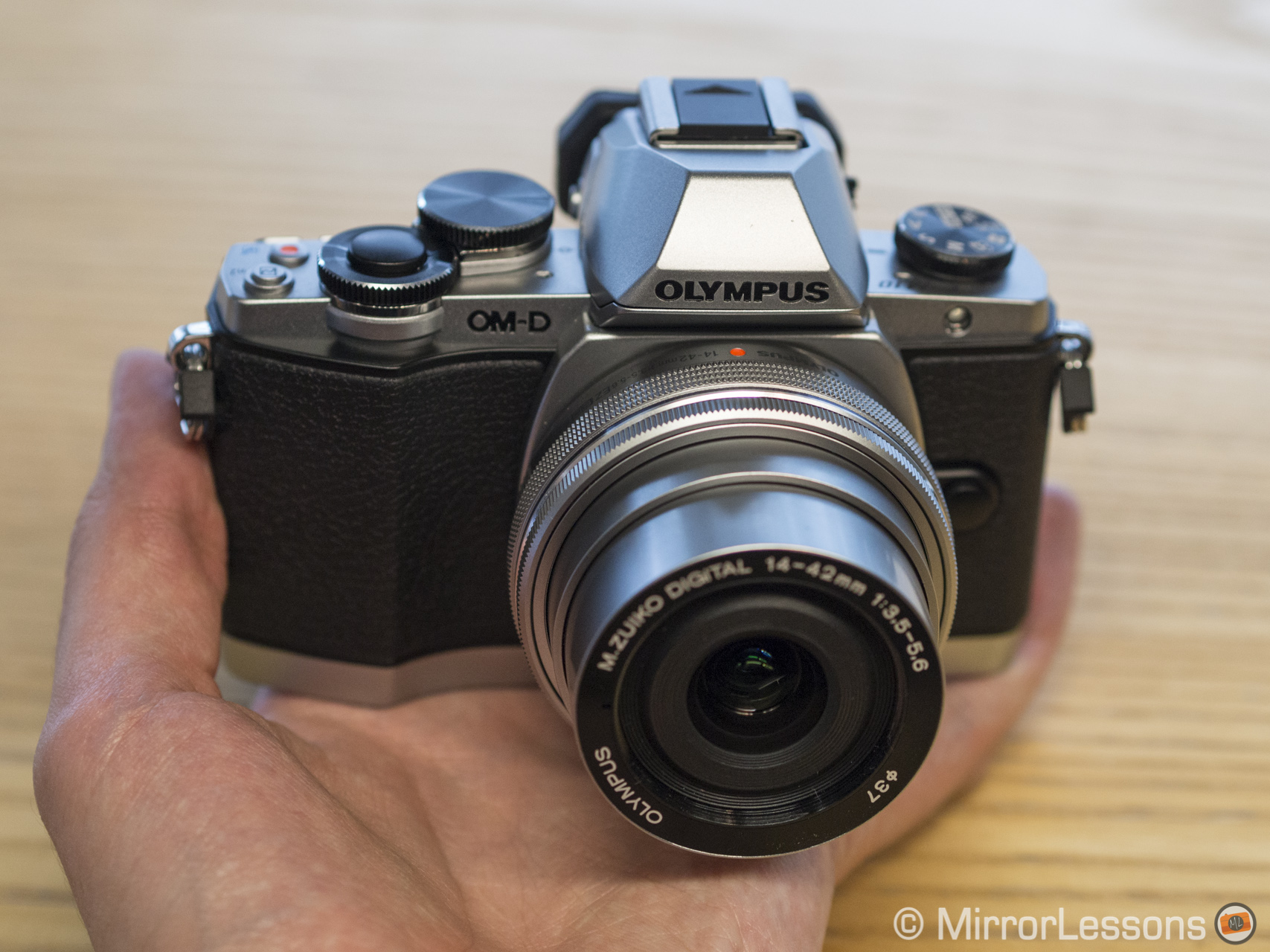
Quick specs:
- 16MP Micro Four Thirds sensor, ISO 200-25600
- Up to 8fps of continuous shooting (3.5fps in C-AF)
- 3-axis internal stabilisation
- EVF, Tilting touch screen, Wifi
- Kit lens: M.Zuiko 14-42mm f/3.5-5.6 II R Lens
The OM-D E-M10 is by far the best mirrorless camera you can get under $500 right now. It has recently been replaced by the E-M10 mark II model. However the mark I version is still perfectly valid and as far as image quality goes, it delivers exactly the same performance as the other OM-D cameras because they all share the same 16MP Micro Four Thirds sensor and the TruePic VII Image Processor.
The E-M10 also has a fast autofocus system and good sensor stabilisation that works on 3 axes. It is effective down to 1/10s or 1/8s, so it is quite usable in many situations. The camera features a tilting screen with touch sensitive capabilities. It is also the only camera at this price that features an electronic viewfinder (1,440,000 dots) with a fast frame rate and time lag. The camera also includes interesting modes such as Live Composite which lets you take fireworks or star trails easily.
Its video capabilities are not on the same level as many other mirrorless cameras (namely Panasonic and Sony) but this should be of little concern to still shooters. It can shoot Full HD at 30fps.
A final note about the Micro Four Thirds system is that it currently has the best selection of lenses out of all the mirrorless systems. They are also the most compact.
Check price of OM-D E-M10 on B&H Photo
An alternative to consider: Olympus Pen E-PL6
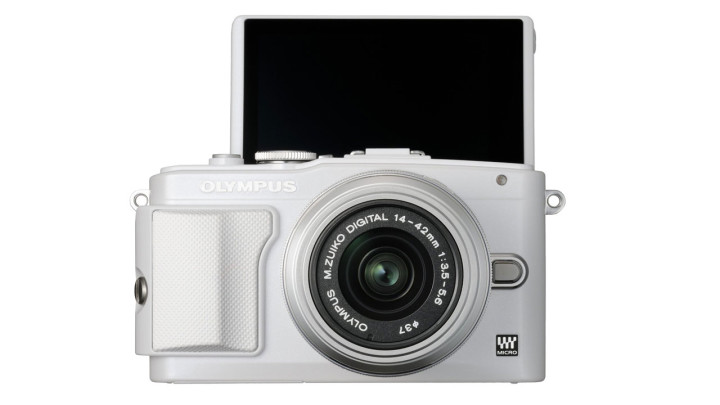
If you are not interested in the viewfinder and want to save some money, the Pen E-PL6 can be an interesting alternative because you can find it for less than $300 with the kit lens. It has the same sensor but the image processor is less recent. As such, the performance isn’t as good at the highest ISO values. The autofocus system too is based on the previous generation and is actually the same as that on the original OM-D E-M5. It lacks some recent feature such as the Live Composite mode. The LCD screen can be tilted up 180° for selfie shots. The kit lens is the same one provided with the E-M10.
Check price of Pen E-PL6 on B&H Photo
Panasonic Lumix GF7
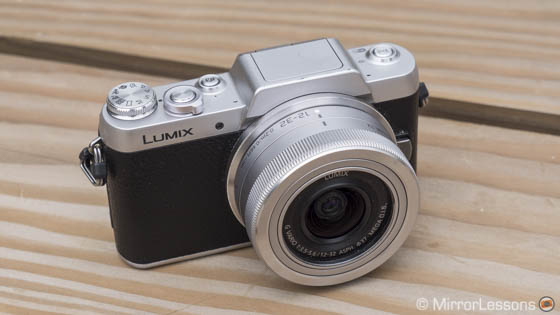
Quick specs:
- 16MP Micro Four Thirds sensor, ISO 200-25600
- Up to 5.8fps of continuous shooting (40fps with electronic shutter at a lower resolution)
- Electronic/silent shutter
- 180° tilting touch screen, Wifi
- Kit lens: Lumix 12-35mm f/3.5-5.6
Another solution if you are not interested in the viewfinder is the Lumix GF7, a recent addition in the Micro Four Thirds line-up. It is slightly smaller than the E-M10 and features the same 16MP sensor and autofocus as the Lumix GX7. Overall the performance is on par with the Olympus camera. It has a tilting LCD screen with touch capabilities which has been designed to take selfies easily thanks to a few smart functions that are activated automatically when you tilt the LCD upward. It can record Full HD videos with better quality than the E-M10/E-PL6 and has an electronic shutter option. The electronic shutter provides a silent option and can extend the shutter speed to a maximum of 1/16000s or a continuous shooting speed of 40fps (JPGs only, no continuous AF). The kit lens is very compact and the perfect match for such a small camera. Plus, starting at 12mm instead of 14mm means you get more wide angle performance.
Check price of Lumix GF7 on B&H Photo
Sony a5000
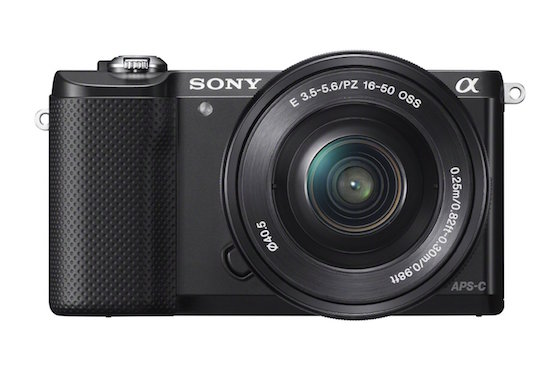
The Sony a5000 is the smallest APS-C camera you can find. It has the same resolution (20MP on APS-C) but slightly inferior high ISO performance (max is 16000), a slower continuous shooting performance (3.5fps) and more basic Wifi/NFC capabilities. It includes a built-in flash. The LCD screen can be tilted up 180° as well and the video capabilities are very good with a 24fps or 60i option, as well as two different video codec types (MP4 and AVCHD).
Check price of Sony a5000 on B&H Photo
An alternative to consider: Fujifilm X-A2
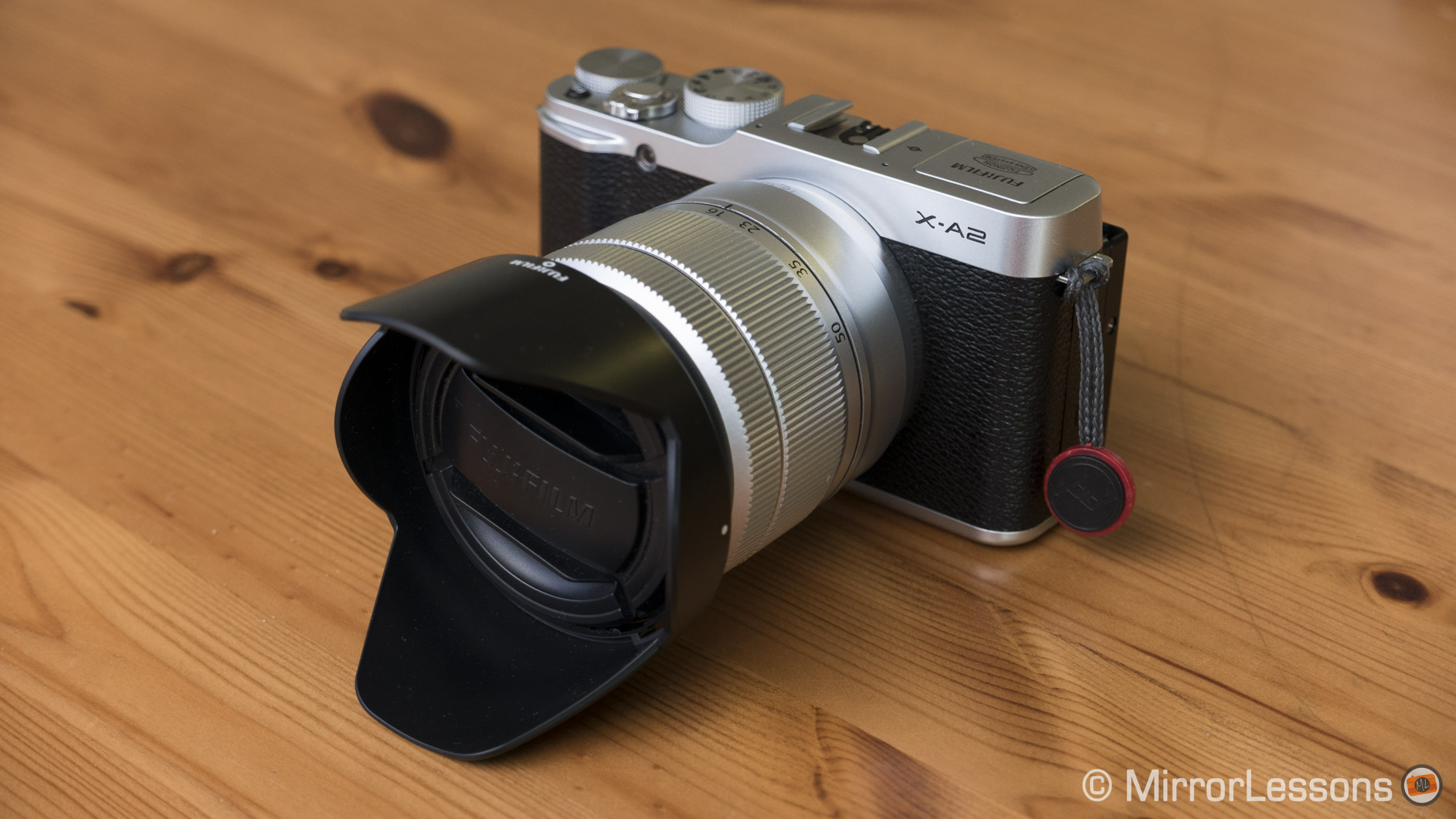
This entry level camera from Fujifilm is a good start if you are interested in the Fujifilm X system. The image quality is excellent (16MP APS-C sensor) and has my favourite colour profiles. The autofocus performance is also very good. The only weak point is the video mode: the quality is lower than the other cameras I’ve mentioned here and you can’t control the exposure manually. I also prefer its lens kit because despite being larger, it has a proper manual zoom ring instead of an electronic/motorised type. Note that depending on the website, you can find it with the 16-55mm kit lens at slightly different price, sometimes slightly more expensive than $500.
Check price of Fuji X-A2 on B&H Photo
Compact cameras
Fujifilm X30
The last section refers to premium compact cameras featuring larger sensors than the average compact camera or smartphone. If you are looking for a reasonably affordable all-in-one solution that doesn’t involve interchangeable lenses, these three cameras might interest you.
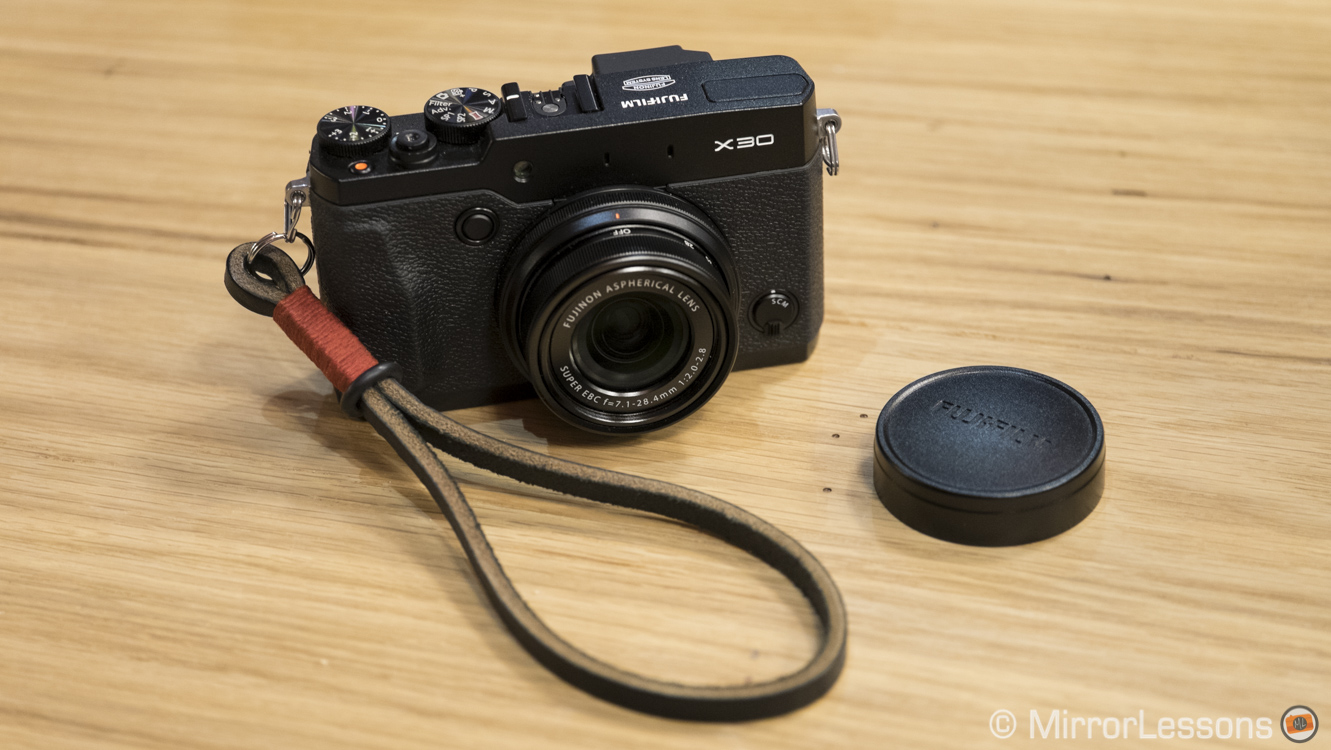
The first on the list is the Fujifilm X30. It is, in my opinion, an excellent compact camera with a great viewfinder and comfortable ergonomics, which is not easy to find on small cameras. It is easily customisable with many shortcuts to your favourite settings. The lens has a 4x optical zoom with a 28-112mm zoom range and excellent close-up capabilities (1cm at 28mm in macro mode). You also get the wonderful Fujifilm colour profiles (Film Simulation modes) including Classic Chrome. The autofocus performance is excellent even in Continuous AF and the camera can shoot up to 12fps. The only limit is its 2/3’ 12MP sensor which is a little weak in low light (ISO usable up to 1600).
Check price of Fuji X30 on B&H Photo
An alternative to consider: Fujifilm X-Q2
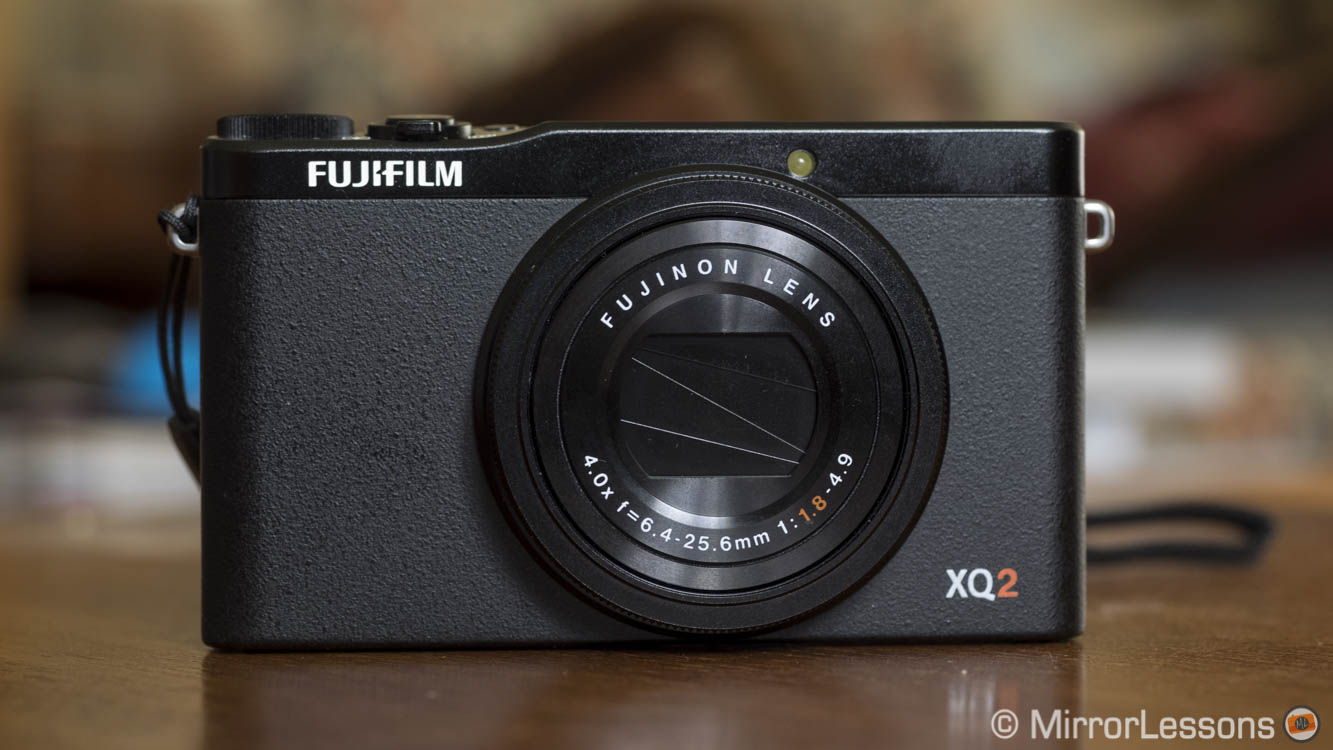
And while we’re on the topic of Fujifilm, another interesting alternative is also the more affordable Fujifilm XQ2. It features the same sensor in a more compact design. However, the added compactness means it loses the viewfinder (check out our review here).
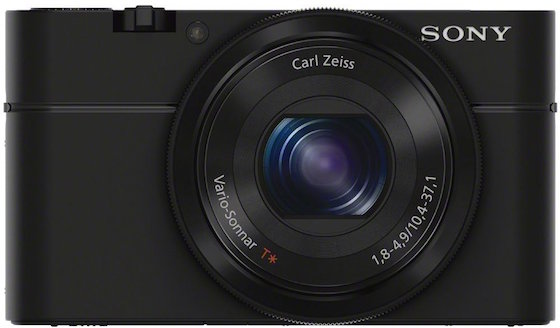
The original Sony RX100 has already been replaced by three other versions but still maintains its value. You miss out on some of the great upgrades found on the other versions such as a built-in EVF, tilting screen and slightly better image quality (1 extra step of ISO sensitivity, the mark I stops at 6400). However the RX100 mark I is still an excellent camera with great image quality. The sensor is a 1-inch type with 20MP and the lens gives you a 3.6x 28-100mm equivalent range. It can shoot Full HD video up to 60fps and has a continuous shooting speed of 10fps (S-AF).
Check price of RX100 on B&H Photo
An alternative to consider: Nikon Coolpix A
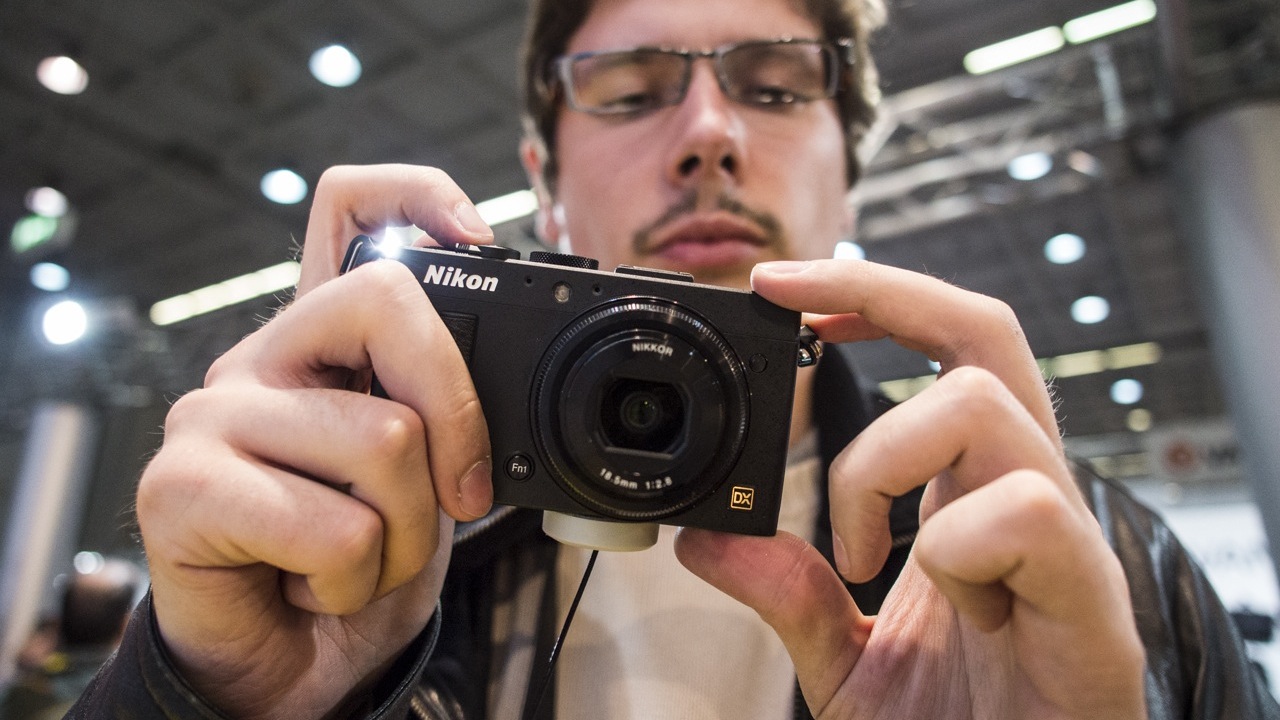
The last compact camera I can suggest is the Nikon Coolpix A. It is now discontinued so consider it only if you find it at a really cheap price. It has the advantage of being as small as a compact camera but features a 16MP APS-C sensor with a fixed 28mm f/2.8 lens. However the autofocus is not very fast.
Which of these mirrorless cameras under $500 would you consider? Let us know in the comments section!
